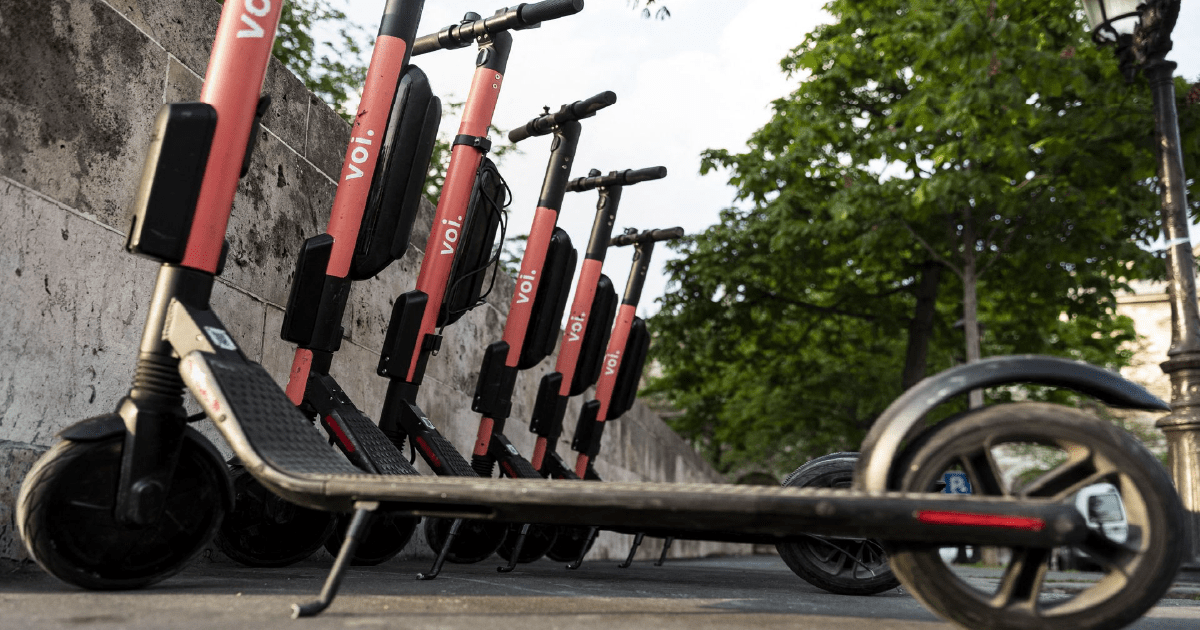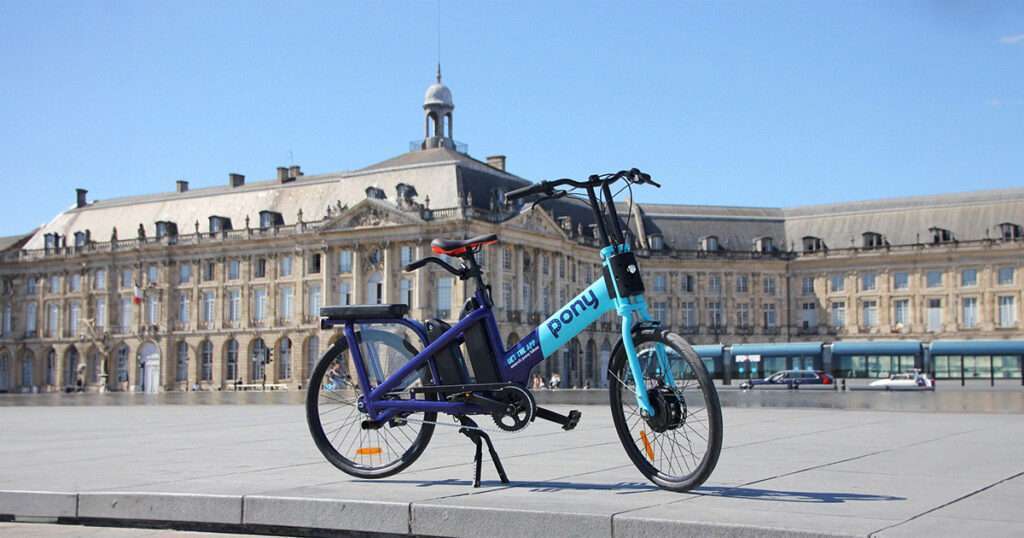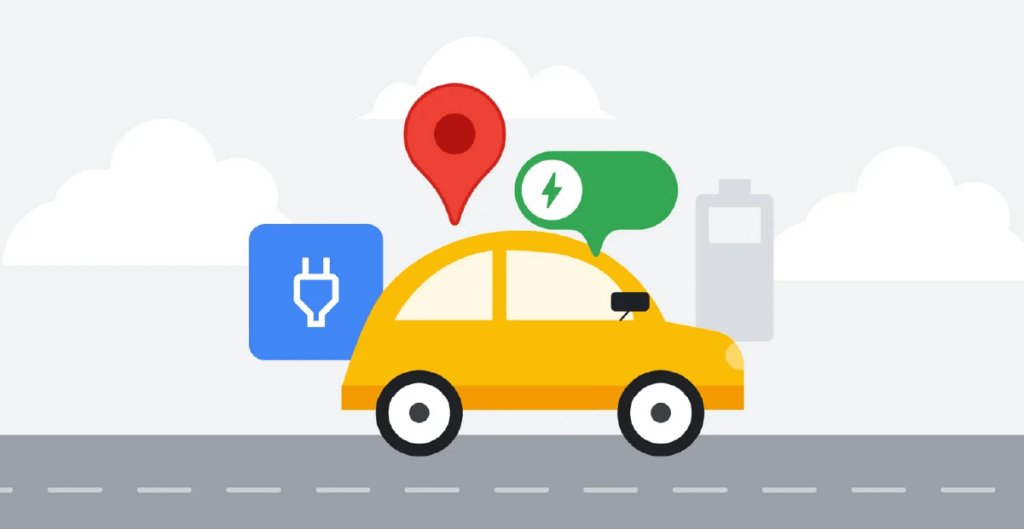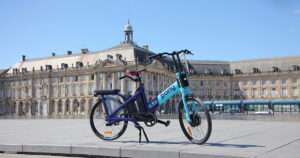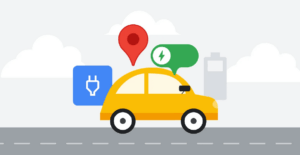We all know that today Google Maps is trying to diversify by offering a maximum of alternatives to the car. After Bolt & Lime, it’s the turn of Voi scooters to integrate the application of the Californian giant. Zoom on this association announced yesterday in the Voi blog.
Available in more than 22 cities in Europe
From Zurich to Milan, through Berlin or Helsinki, Voi scooters will be displayed on the Google Maps application. Users will be able to plan their trips by geolocating the nearest scooters. But also all the information available about the machine, such as the battery level. The only drawback is that the reservation process is redirected to the Voi app.
List of cities where the service is currently available.
- Berlin, Cologne, Düsseldorf, Frankfurt, Hamburg, Munich, Nuremberg, Stuttgart in Germany
- Zurich in Switzerland
- Milan, Turin and Rome in Italy
- Oslo, Bergen and Trondheim in Norway
- Stockholm, Göteborg and Malmö in Sweden
- Helsinki, Tampere and Turku in Finland
Our mission is to bring reliable, safe and sustainable mobility to our cities – to reduce noise and pollution. The collaboration with Google is yet another door opener towards enhanced accessibility of our service and thus, a great contribution to create seamless and integrated mobility solutions together.
Caroline Hjelm, Interim VP Growth, at Voi
Google Maps confirms its transformation towards MaaS
As mentioned in the introduction, Google Maps is looking to diversify. Available in 220 countries, the Californian giant has managed in 16 years to have a quasi-monopoly of the market. With more than one billion active users per month and 67% market share in 2018. And this is despite the emergence on the market of multiple navigation applications. How is this possible?
Because Google is continuously evolving its platform by putting forward a multimodal offer. Indeed, the Web giant is no longer satisfied with just planning car or walking trips. A real marketplace of mobility, today we can find the planning of public transport trips via Google Transit, the geolocation of free-floating scooters, the integration of VTC services such as Uber, Lyft, Ola,… or even carpooling with BlaBlaCar,…
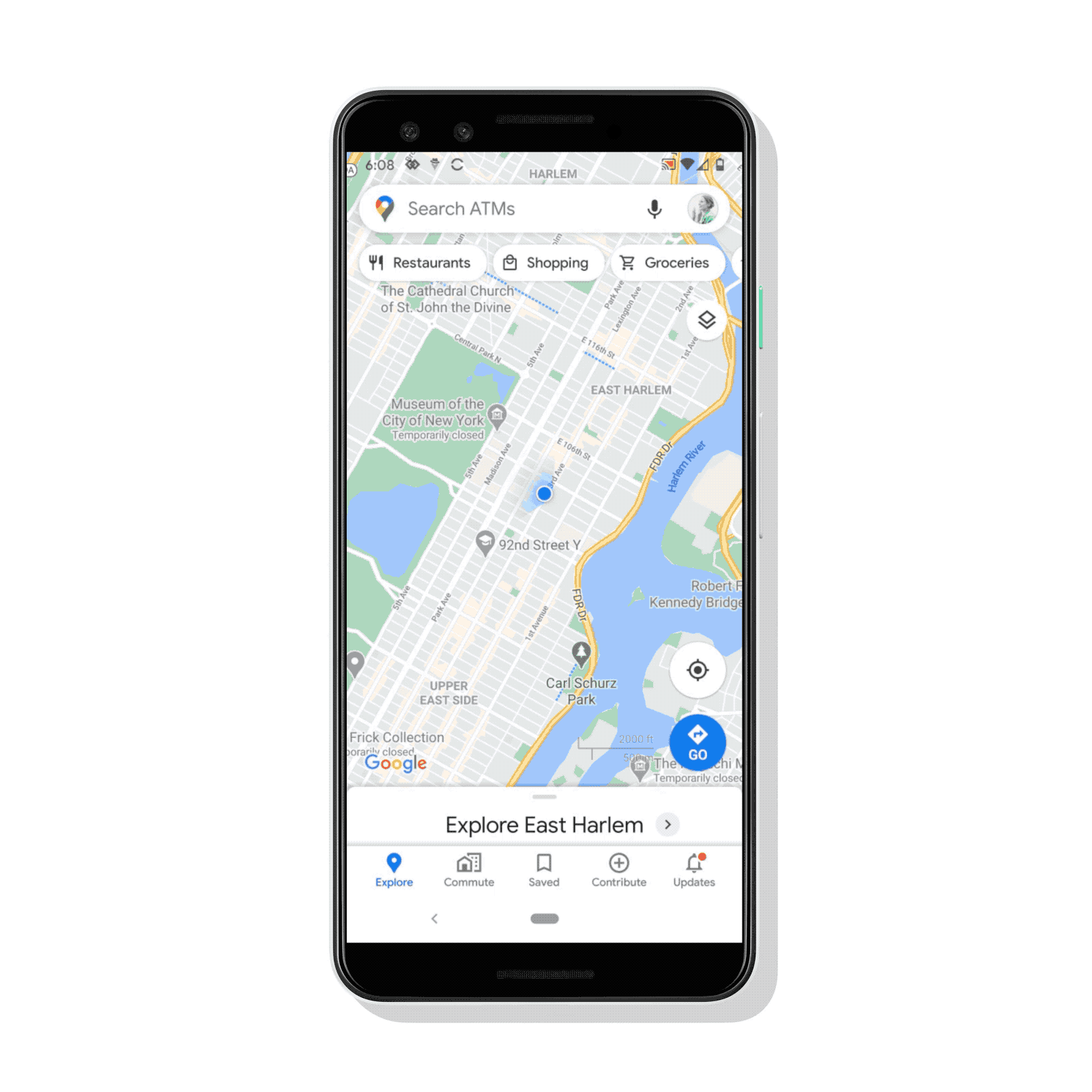
And the Silicon Valley giant does not intend to stop there. Today, it is still positioned as an intermediary because the user is redirected to the application of the partner, at the time of booking. Little by little, it seeks to integrate the reservation directly on its platform. In particular in Austin, becoming the first American city in which motorists have the possibility to pay for their parking spaces. A feature that reflects one of the new challenges of Google Maps. Namely, to meet the new demand created by the emergence of Mobility as a Service (MaaS).

